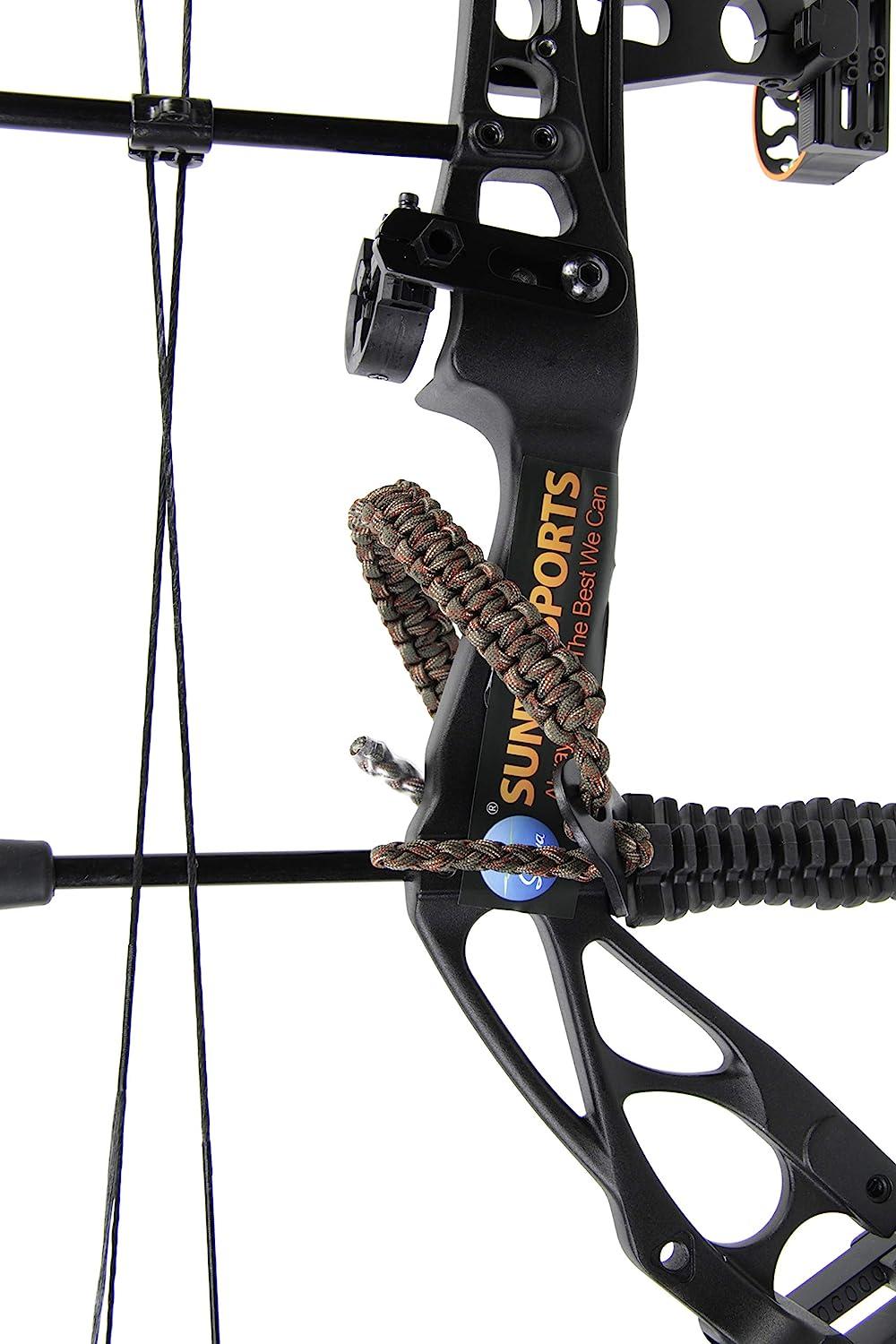Enhance Your Shooting Performance with Top-Rated Bow Stabilizers
Enhance Your Shooting Performance with Top-Rated Bow Stabilizers
Blog Article
Maximize Your Archery Accuracy With These Bow Stabilizer Methods
One essential element that can dramatically influence your performance is the proper usage of bow stabilizers. Whether you are a seasoned archer looking to refine your abilities or a newbie eager to boost your precision, grasping these bow stabilizer techniques can be the trick to striking your mark with exceptional consistency.
Advantages of Utilizing Bow Stabilizers
Using bow stabilizers can dramatically improve an archer's accuracy and total performance by minimizing bow torque and resonance. Bow torque, brought on by the unequal circulation of weight in the bow, can cause disparities in shot positioning. By connecting a bow stabilizer, the weight is rearranged, minimizing the effects of torque and aiding the archer achieve an extra consistent shot. In addition, bow stabilizers dampen resonance, which not only boosts the comfort of capturing but likewise prevents the bow from jumping upon launch, thus assisting in maintaining correct objective.
In addition, bow stabilizers can assist in holding the bow stable, specifically during windy problems or when firing from longer ranges. The included weight at the front of the bow offers stability and equilibrium, permitting the archer to concentrate on aiming without the disturbance of bow activity. Overall, the benefits of utilizing bow stabilizers expand past simply precision, boosting the archer's experience and performance in various shooting situations.
Selecting the Right Bow Stabilizer
Choosing the suitable bow stabilizer is important for optimizing your archery equipment and improving shooting efficiency. Heavier stabilizers can help reduce bow torque and soak up more vibration, leading to a steadier purpose.
Last but not least, consider the style of the stabilizer. Some stabilizers feature adjustable weights or dampeners that enable you to tailor the equilibrium and feel of your bow. Ultimately, selecting the appropriate bow stabilizer involves finding a balance in between weight, material, style, and size to enhance your shooting accuracy and general efficiency.
Correct Installation Techniques
To make certain optimum efficiency and security in archery, grasping appropriate installation techniques for your bow stabilizer is important. The first action in setting up a bow stabilizer is to determine the appropriate placement on your bow.
Next, firmly attach the stabilizer to the bow using the appropriate placing equipment. Some stabilizers come with adjustable weights that can be included or removed to fine-tune the equilibrium of your bow.

Adjusting Stabilizer Weight and Length
After making certain the correct installment of your bow stabilizer, the following action includes adjusting the weight and length to maximize its efficiency in boosting archery precision. The weight of the stabilizer plays a critical duty in lessening bow motion during the shot cycle.
A longer stabilizer can provide better stability by increasing the range between the bow and the weight at the end of the stabilizer. Alternatively, a much shorter stabilizer offers extra maneuverability and might be liked by archers that value agility and fast motions throughout shooting.
Advanced Stabilizer Tuning Tips
Achieving ideal bow stability and precision in archery requires a nuanced technique to advanced stabilizer adjusting. Advanced stabilizer adjusting includes fine-tuning numerous elements to boost the bow's balance, lower vibration, and boost overall precision. One key web link method is to experiment with various stabilizer configurations, including back-bar and side-bar setups, to locate the perfect equilibrium in between stability and maneuverability for your capturing design. bow stabilizer. Additionally, changing the angle and positioning of the stabilizer can have a substantial influence on exactly how the bow responds upon release.
Another important element of advanced stabilizer adjusting is enhancing the damping properties of the Recommended Site stabilizer system. This can be achieved by integrating extra wetting devices such as rubber dampeners or harmonic stabilizers to better reduce vibration and noise. Additionally, checking out different products for the stabilizer building and construction, such as carbon fiber or aluminum, can also influence the bow's performance by altering its weight circulation and rigidity. By diligently make improvements these innovative stabilizer components, archers can optimize their accuracy and consistency on the range or in competitors.
Verdict
In final thought, making the most of archery precision can be achieved via the proper option, installation, and modification of bow stabilizers. Overall, integrating bow stabilizers right into archery method can lead to improved performance and raised accuracy.
Making use of bow stabilizers can considerably improve an archer's precision and overall efficiency by decreasing bow torque and vibration. Longer stabilizers supply better stability and balance, especially for long-distance shooting, while much shorter stabilizers offer more adaptability and are easier to maneuver in tight rooms (bow stabilizer). Carbon fiber stabilizers are light-weight and resilient, while light weight aluminum stabilizers are robust and offer important link superb vibration dampening
A longer stabilizer can supply better security by increasing the distance between the bow and the weight at the end of the stabilizer.One more vital facet of advanced stabilizer tuning is optimizing the damping residential properties of the stabilizer system.
Report this page